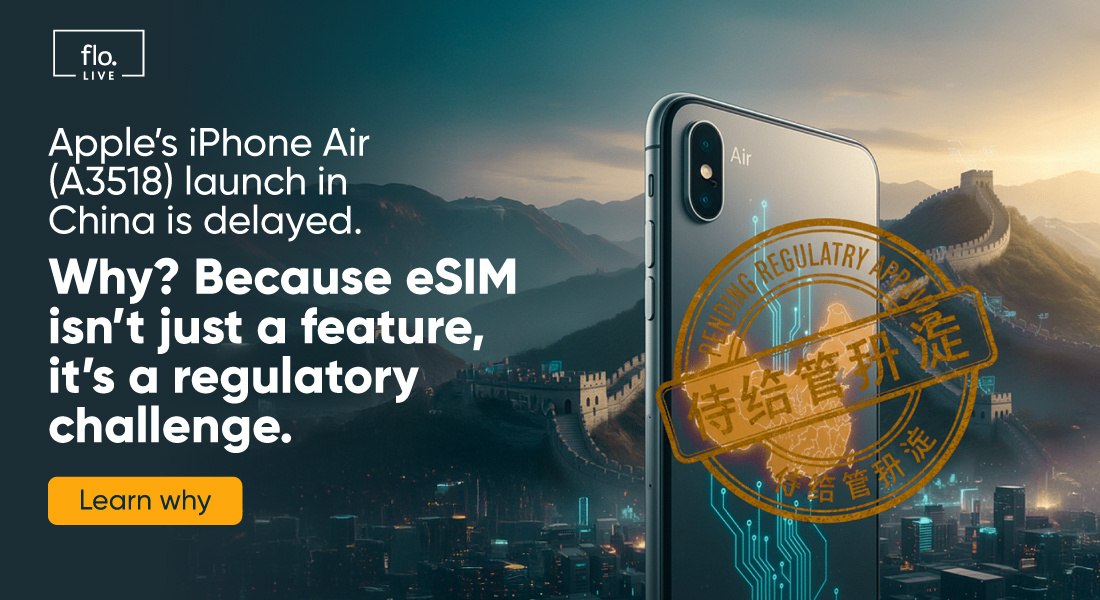Page Contents
Connectivity the Driving Force in Fleet IoT

Page Contents
The fleet telematics space is constantly innovating and evolving to emerging technologies. Fleet IoT powers the way goods move, the safety of the people behind the wheel, and how the supply chain can bend and flex. At the heart of that is robust connectivity, which is not just a value-add but a necessity that drives the benefits of productivity, cost-effectiveness, and safety.
It’s the connectivity in these powerful solutions that allow AI-enabled cameras to flag unsafe behavior and communicate it to the driver in real-time, or capture historical video and send the data file to the cloud to be reviewed by a fleet manager. It’s what allows pinging locations to optimize routes, geofence for accurate time stamps of movement, or allow comprehensive asset management so goods arrive on time and in good condition.
The Challenges in Fleet IoT Connectivity
But connectivity for fleet IoT is inherently challenging. Safety solutions hinge on connectivity being “always on” and working in real-time with minimal latency and incredibly high speed and throughput. Fleet telematics solutions move along networks, where coverage changes by carrier or can be unreliable due to coverage reach in certain areas but dropped connectivity negatively impacts how solutions work.
Those aren’t the only factors; other hurdles include:
- Network Congestion: In densely populated urban areas or areas with high vehicle density, network congestion can occur, leading to slower data transmission speeds and increased latency. This can impact the effectiveness of real-time monitoring and communication between fleet vehicles and central management systems.
- Interoperability: Fleet vehicles may use different communication protocols or technologies depending on their manufacturer or region. Ensuring interoperability and seamless communication between vehicles and central management systems can be challenging, requiring the implementation of standardized protocols or middleware solutions.
- Power Constraints: IoT devices installed in fleet vehicles often rely on battery power, which may be limited, especially in the case of long-haul trucks or equipment operating in remote areas. Managing power consumption while maintaining continuous connectivity can be challenging, requiring optimization of communication protocols and power-saving features.
- Environmental Factors: Environmental conditions such as extreme temperatures, humidity, and physical obstructions (e.g., tunnels, buildings) can interfere with wireless communication signals, affecting connectivity and data transmission reliability.
These concerns largely encompass challenges seen when looking solely at operating within the boundaries of the United States. Deploying globally introduces factors such as:
- Roaming: Global fleets may encounter high roaming charges when vehicles cross international borders or operate in areas where their primary network provider does not have coverage. Managing these costs while ensuring uninterrupted connectivity can be challenging for fleet managers. In many areas, roaming restrictions are growing that block the ability to roam on local networks entirely. In areas that do allow roaming, agreements differ carrier-by-carrier and are subject to change – leaving your devices in the dark.
- Carrier Chaos: The United States only has a select number of carriers, whereas across the globe, the choices proliferate. In Europe alone, devices moving from region to region face a slew of carriers along routes. Having a dual SIM solution or trying to strategize how to optimize limited profile options across a fleet of devices simply won’t work.
Tackling Connectivity Hurdles in Fleet IoT
Fortunately, the connectivity ecosystem has approaches and methods to accommodate these unique hurdles. Some of the approaches include:
- Multi-IMSI technology: Choosing a form factor and then applying Multi-IMSI technology allows for multi-profile connectivity – extending coverage anywhere in the world.
- Autonomous switching: As devices are handed off from one network to another, this can be done remotely and autonomously. Or in the event of network failure or other disruption, the device can automatically failover to the next best available network.
- Local Presence: Roaming is not a permanent solution when it comes to global connectivity. In addition to growing restrictions, the latency from communicating data across great distances significantly impacts performance. In real-time critical data communications that require high bandwidth, high speed, low latency, and high throughput, roaming will not work. Being able to globally source local connectivity is a major value-add in this industry.
- eUICC/eSIM: The eUICC integrated form factor is another multi-profile SIM approach. When leveraged as a Multi-IMSI profile, you can achieve the expansive multiple carrier approach without the heavy data costs and power consumption of downloading new profiles over the air.
Want to Hear More? Join Me at NAFA!
floLIVE is the industry leader in global connectivity solutions that meet the next-generation challenges in connecting the world. We understand the complexities in IoT and we’ve got a suite of solutions and services to ensure solutions are always on.
I’d love to tell you more! Come see me at NAFA April 22-24 in San Antonio, Texas. I’ll be at Booth 1223 discussing how floLIVE makes sure fleet solutions stay connected. I hope to see you there!


Join Our Newsletter
Get the latest tips and insights in our monthly newsletter.









